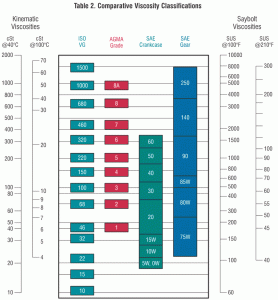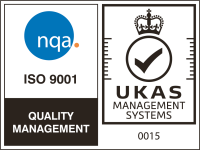What is viscosity?
Viscosity refers to the resistance to flow of an oil, or loosely how thick it is, or how quickly it pours! To give an example, water is a low viscosity, and treacle is high.
Viscosity is measured using a couple of different standards:
SAE
This is derived from the Society of Automotive Engineers. SAE ratings refer to the level of flow at a given temperature. This rating system is commonly used for motor and gearbox oils. In the case of the main number this is 100 °C (which roughly corresponds to engine operating temperatures). The W in an SAE rating refers to winter viscosity and these temperatures vary but are much lower. So for example, an SAE 5W 40 grade oil will have a viscosity of 5 at cold temperatures, and 40 at 100 °C.
ISO VG
This is derived from the International Standards Organisation (ISO) Viscosity Grade (VG) system. This system is most commonly used within the range of industrial lubricants. The viscosity grades are banded with separation between each grade in increments of 50% increases from the preceding viscosity grade. ISO VG numbers are ratings of midpoint viscosity at 40 °C.
The following table shows equivalent viscosity grades:



Leave A Comment
You must be logged in to post a comment.